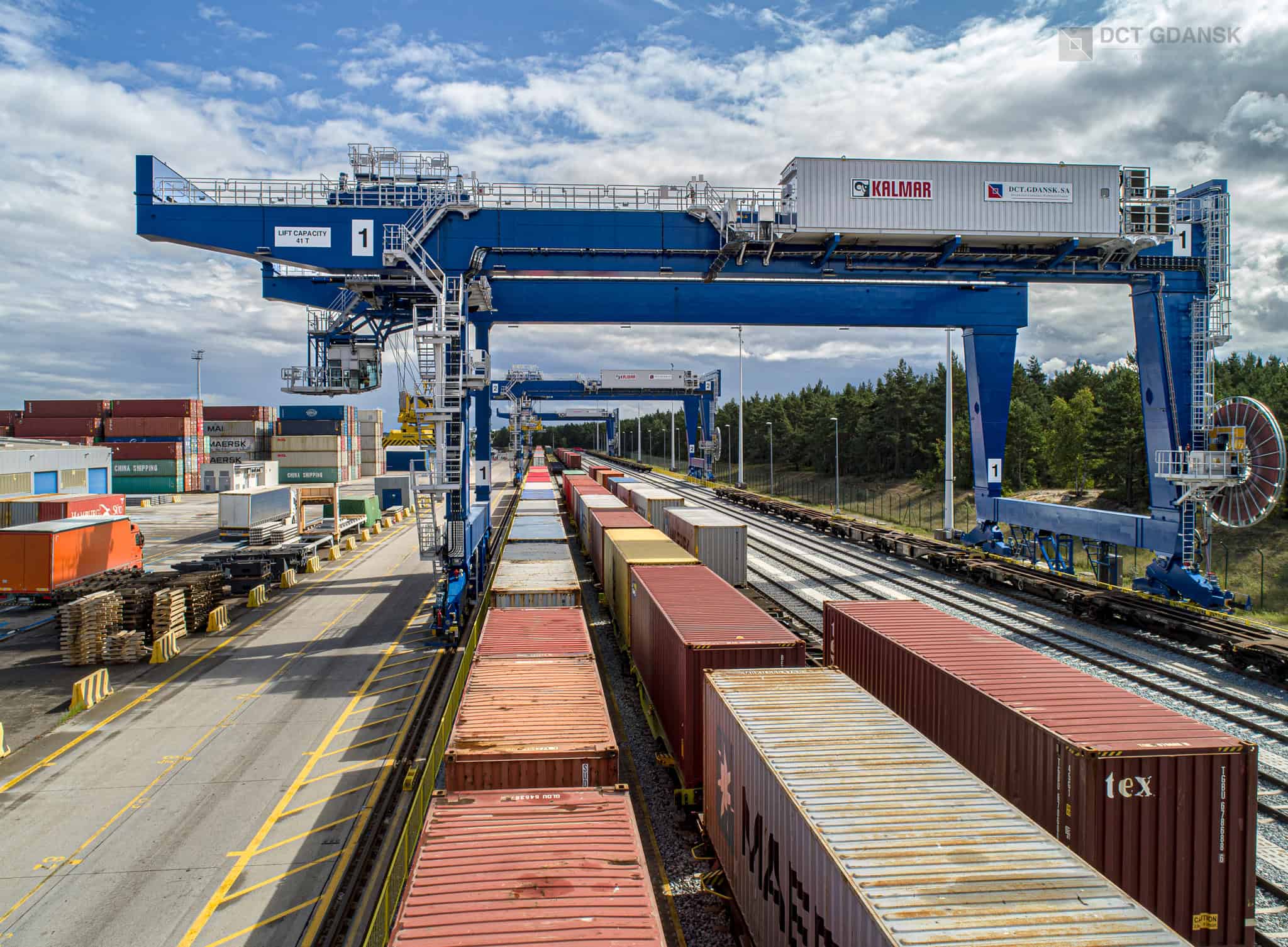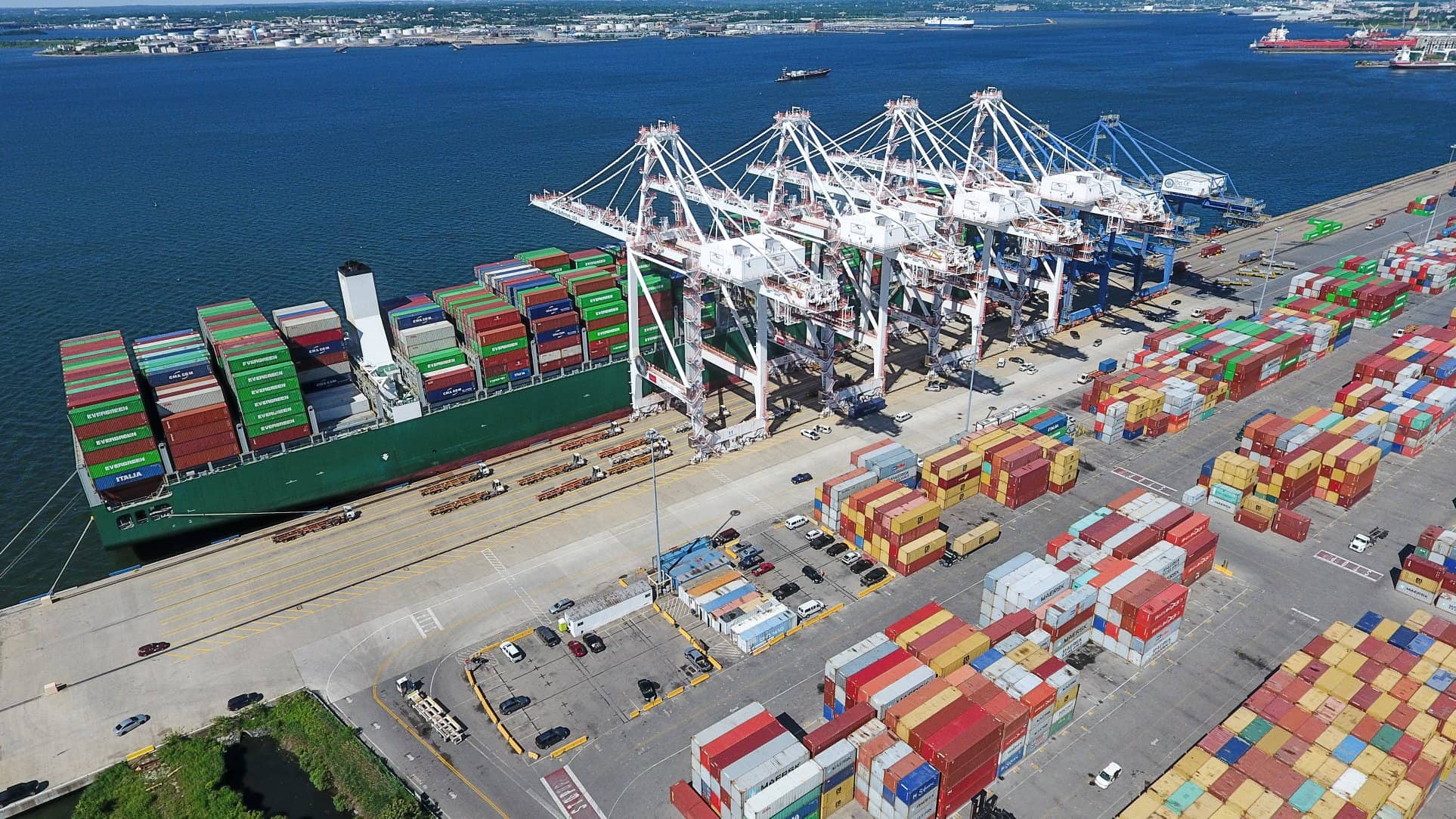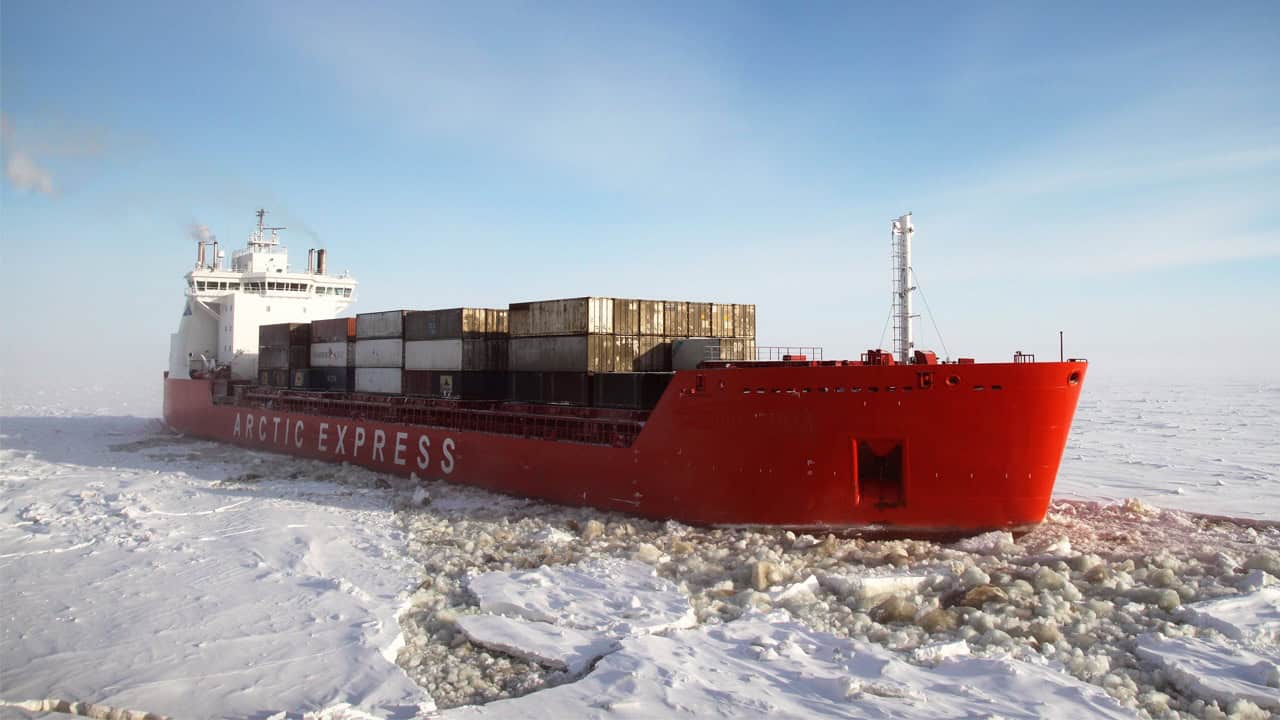Transport is an important sector of the European Union (EU) economy and plays a key role in modern, mobile society. Transport and mobility are also central elements of sustainable development. Sustainable transport can support economic growth and improve accessibility while respecting the natural environment, strengthening the resilience of cities, enhancing connections between urban and rural areas, and boosting the productivity of rural regions. The EU’s transport policy aims to promote clean, safe, and efficient transport as the foundation of the single market for goods and the citizens’ right to free movement across the EU.
The main assumptions of EU transport policy were presented in the White Paper “Roadmap to a Single European Transport Area – Towards a competitive and resource-efficient transport system”. Its goal is to create a sustainable transport sector that continues to meet the needs of the economy and citizens while addressing future challenges: limited oil availability, increasing congestion, and the need to reduce CO₂ emissions and other pollutants to improve air quality, especially in cities.
In addition, the Commission adopted the European Green Deal, which sets the strategic framework for achieving climate neutrality in the EU economy by 2050. The Green Deal’s priority actions for transitioning towards sustainable and smart mobility include: developing multimodal transport, supporting the deployment of automated and connected mobility solutions across transport modes, better reflecting external costs of transport activities through pricing policy, increasing the production and use of sustainable alternative transport fuels, and reducing pollution generated by transport, especially in cities.
Modal split of freight transport in the EU
Maritime transport accounted for the largest share of EU freight transport (measured in tonne-kilometres) over the past decade among the five modes: maritime, road, rail, inland waterways, and air. As shown in Figure 1, in 2023 the share of maritime transport fell to its lowest level in a decade – 67.4% (4,823 billion tkm) – after four consecutive years of decline. The sharpest decreases were between 2020 and 2021 (-0.7 percentage points) and between 2019 and 2020 (-0.6 pp).
The highest share in the last decade was recorded in 2015 – 69.6%. Compared with 2013, the 2023 share was lower by 2.0 pp. Maritime freight transport was significantly affected by restrictions on goods transport following Russia’s aggression against Ukraine since 2022.
Road transport reached a peak share of 25.3% (1,807 billion tkm) in 2023, up 0.4 pp compared with 2022. Between 2013–2023, the lowest share was recorded in 2014 – 22.4%.
Rail transport remained relatively stable over 2013–2023. The highest share was in 2016 (6.0%) and the lowest in 2020 (5.2%). In 2023, rail maintained its 2022 level at 5.5% (391 billion tkm).
Inland waterways were also relatively stable. The highest level was 2.2% in 2013–2014, and the lowest 1.7% in 2018. From 2019 to 2021, the share held at 1.8%, then fell to 1.6% (116 billion tkm) in 2022–2023.
Air transport consistently accounted for 0.2% (14 billion tkm in 2023) throughout 2013–2023.
It should be noted that the share of each mode is calculated by dividing the tonne-kilometres performed in that mode by the total across all five modes. Thus, an increase in one mode’s share may reflect a decline in others, but does not necessarily mean an actual decrease in transport performance (tkm).
Modal shares of freight transport by country, 2023
Although the EU’s overall modal split does not change radically year to year, country-level variations are more visible. As shown in Figure 2, the modal structure differs significantly between countries, depending on availability. Landlocked countries (e.g., Czechia, Luxembourg, Hungary, Austria, Slovakia, and EFTA member Switzerland) lack sea access. Cyprus and Malta have neither rail nor navigable inland waterways. Inland waterway transport applies only to 17 EU countries plus Switzerland.
In 2023, maritime transport dominated in all seaport countries except Belgium, Germany, Lithuania, Romania, Poland, and Slovenia. The highest shares were in Portugal (98.2%), Cyprus (96.5%), Greece (96.4%), and Ireland (90.8%). The lowest were in Slovenia (9.8%), Poland (11.3%), Romania (13.5%), and Lithuania (17.6%), where maritime ranked only third or fourth among transport modes. These figures reflect not only port activities but also maritime traffic within each country’s Exclusive Economic Zone (EEZ). For example, Portugal’s high share includes traffic near the mainland as well as the Azores and Madeira.
Road transport was highest in Luxembourg (84.5% in 2023), followed by Czechia (77.7%) and Hungary (70.7%). It was the first or second mode in all countries. The lowest shares were in Portugal (1.5%), Cyprus (3.4%), Greece (3.5%), and Ireland (8.8%), where maritime dominated.
Rail transport was not the leading mode in any EU country. Among seaport states, relatively high shares were in Lithuania (31.7%), Slovenia (27.1%), Latvia (22.8%), Poland (21.3%), and Romania (20.4%). Among landlocked countries, Slovakia had the highest share (30.1%), followed by Austria (29.1%), Hungary (24.9%), and Czechia (21.5%).
Inland waterways peaked in Romania (18.9%), due to intense Danube traffic and statistical adjustments, followed by the Netherlands (11.7%). In contrast, shares in Czechia, Italy, and Poland were below 0.1%.
Air transport remained below 2% everywhere. The highest were in Romania (1.6%) and Luxembourg (1.5%), while Portugal and Spain recorded under 0.1%. In 5 EU countries (Czechia, Italy, Lithuania, Poland, Sweden) and in Switzerland, the air share exceeded inland waterways.
Evolution of modal shares (2013–2023)
- Maritime transport: EU share fell by 2.0 pp compared with 2013. Largest increases were in Lithuania (+4.6 pp) and Poland (+3.5 pp). Biggest drops were in Sweden (-13.2 pp), Finland (-11.3 pp), and Romania (-9.3 pp).
- Road transport: EU share grew by 2.8 pp. The sharpest growth was in Lithuania (+20.7 pp), Latvia (+18.9 pp), Romania (+15.0 pp), Finland (+12.1 pp), Slovakia (+10.5 pp), and Sweden (+10.2 pp). Only Poland (-0.5 pp) and Portugal (-0.4 pp) recorded slight declines.
- Rail transport: EU share fell by 0.2 pp. Largest declines: Lithuania (-25.5 pp), Latvia (-20.3 pp), Slovakia (-8.5 pp), Czechia (-6.5 pp), and Hungary (-5.4 pp). Increases: Sweden (+2.8 pp), Bulgaria and Germany (both +1.9 pp).
- Inland waterways: Shares fell in 12 of 16 reporting EU countries. Largest drops: Bulgaria (-3.7 pp), Luxembourg (-3.6 pp), Belgium (-3.5 pp). The highest rise was in Romania (+1.9 pp compared with 2022).
- Air transport: Shares remained stable. Slight increases in Luxembourg and Latvia (+0.6 pp each), others below +0.5 pp. Overall, air remained marginal.


